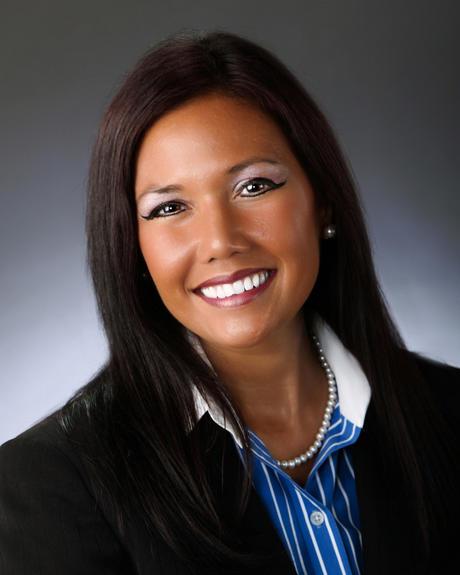Taking care of babies can be overwhelming and unpredictable at times. Your baby will be growing and changing dramatically during your first three months together.
Whether you’re a brand new parent or a seasoned pro, give yourself time to settle into new routines at home.
Choosing a doctor for your baby
Before coming to the hospital to deliver your baby, it’s very important to choose and meet your baby’s doctor, if possible. A pediatrician or family physician will need to examine your baby before you leave the hospital.
Some questions to ask yourself when choosing a doctor for your baby:
- Do you feel comfortable asking questions and talking with the doctor?
- Where is the office located in relation to your home, workplace, and daycare?
- What office hours are available?
- Are they convenient to your schedule?
- Are there any call-in hours for non-emergency questions?
- Are there other doctors in the practice?
- Who covers for the doctor on weekends and holidays?
- How long does it take to get an appointment?
- How long will you usually wait in the doctor’s office before your child is seen?
Level I Special Care Nursery
While hard to think about, sometimes a newborn has a difficult start in life. If your infant needs help breathing or getting nourishment, specially-trained nurses and pediatricians will provide critical medical interventions at our Family Birthing Center.
Call (574) 753-1395 to schedule a personal tour
What to watch for when you get home
Soft spots – Babies have soft spots on the front and back of their heads that are formed by the gap between the bones of the skull and can’t be damaged by shampooing, brushing, or gently touching. It is normal to see the soft spot moving up and down as your baby feeds or cries, but soft spots should not look sunken or bulging at other times.
Rashes – Some babies develop a blotchy, red rash within 24–48 hours after birth. This is harmless and disappears without treatment in a few days. Call your pediatrician if your baby has any rash with drainage.
Patches or spots – Some babies have patches of pink on the nose, eyelids, and neck, commonly called “stork bites.” Dark bluish-gray patches on the back and buttocks are called “Mongolian spots.” Usually, these spots will fade slowly by the time your child turns two.
Holding your infant – When holding your baby, support the back and head with your arm and hand. Touch your baby often. Use skin-to-skin contact and hold your baby close to you.
Crying – Babies cry when they have to burp, are wet, soiled, tired, bored, or just lonely. As time goes by, you’ll learn what your baby’s cries mean. Your baby only cries if he or she needs something. When you satisfy their needs, your baby is learning to trust people and begins to know that someone cares for him or her.
Nail care – Trim your baby’s nails frequently with blunt-edged small scissors or file with an emery board to prevent scratching. Cut nails straight across.
Bathing – Sponge bathe your baby until the cord falls off. Afterward, tub baths may be given. Bathing every one– to two–days is all that is necessary, and shampooing two– to three–times a week is adequate.
Diaper changing – Diapers should be changed when wet or soiled. After each bowel movement or wetting, wash and pat dry.






